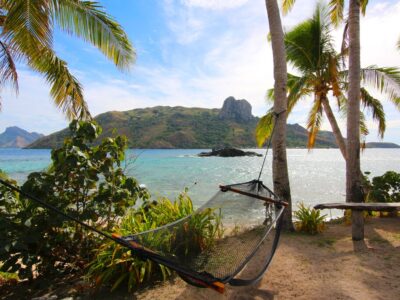
July is the busiest time of year for travel to Fiji. The weather is dry and clear, the temperatures are warm but not too hot, and the sea is calm. Family travelers flock to Fiji this month (especially those from Australia and New Zealand), so bring the kids and let them make new friends at a resort kids' club while you relax poolside with a cocktail. Read on to discover more about traveling to Fiji in July.
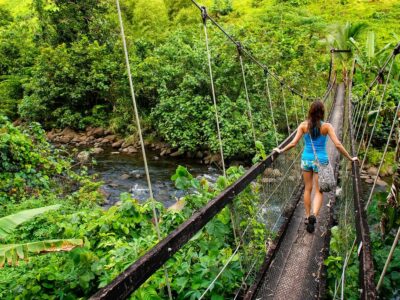
June is one of the driest months of the year in Fiji, and it's the start of the peak season. However, it's less busy than in July and August, so it's an ideal time to come if you want to avoid the crowds. Hike, dive, snorkel, or relax at popular destinations on the main islands or travel further afield to a more remote island chain. It's all possible in June.
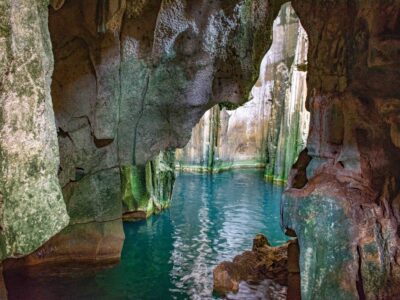
March is the rainy season in Fiji and a low season for travel. But if you don't mind a bit of rain, you can have a great time in Fiji this month. Temperatures tend to be hot when the sun comes out, so you can cool off with a swim in the sea, a waterfall, or even hidden caves. Read on to find out more about traveling to Fiji in March.
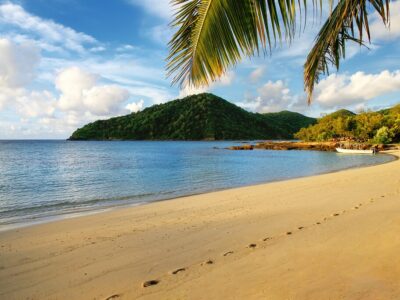
December is early in the rainy season in Fiji, and while that would typically mean the low season for tourism, don't be fooled: late December is one of the busiest times of the year in Fiji. Book accommodation and flights well in advance if you're traveling at this time and plan on enjoying a great end-of-year party. Alternatively, visit earlier in the month for a quieter experience. Here's what to see and do in Fiji in December.
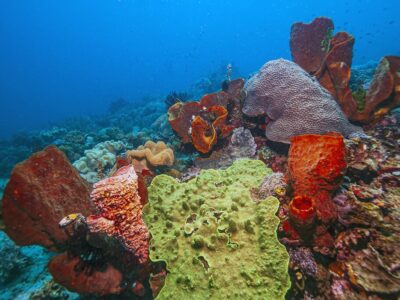
August is one of the busiest months for travel to Fiji, but for good reasons: the weather is warm but not too hot, the seas are calm and ideal for activities like diving and snorkeling, and even the furthest, most remote of Fiji's islands are accessible. Whether you want to chill out at a comfortable beach resort or get more active and off the beaten path, you can do this in Fiji this month—just as long as you book in advance.
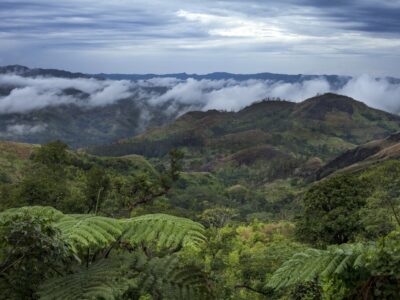
January is the rainy season in Fiji and the low season for travel. Later in the month, after the Christmas and New Year holidaymakers have left, you can find good deals on accommodation and flights. Though rain is to be expected, you can still have a fun beach-centric vacation. Read on for more information on where to go and what to do in Fiji in January.
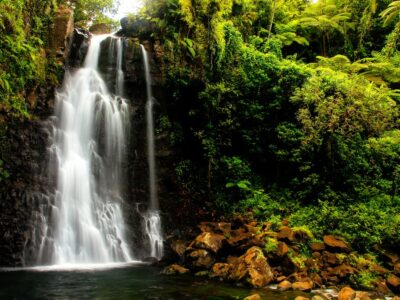
February is the low season for travel to Fiji as it's the middle of the rainy season. It's one of the least busy months of the year, which is great news if you want a peaceful vacation at a good price. Relax on a beach between rain showers or go in search of gushing waterfalls. Find out more about where and what to do in Fiji in February below.
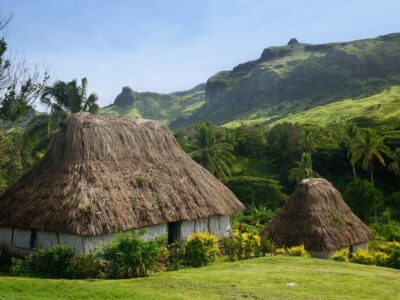
April is the end of the rainy season in Fiji and the low season for tourism. However, levels of rain are much lower than in the previous months, so getting drenched isn't guaranteed. You can enjoy chilled-out time on a beach, hikes to full-flow waterfalls, or other nature-based activities, all without many other tourists. Find out more about traveling to Fiji in April below.
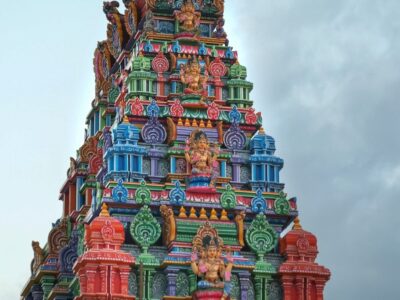
October is the end of the dry season in Fiji and a shoulder season for travel. It's an excellent time to come if you want to avoid the crowds and enjoy generally good weather but don't mind an increased chance of rain. One of Fiji's major festivals, Diwali, also sometimes falls in October, and if so, this is a great time to visit a Hindu temple. Keep reading to learn more about where to go and what to do when traveling to Fiji in October.
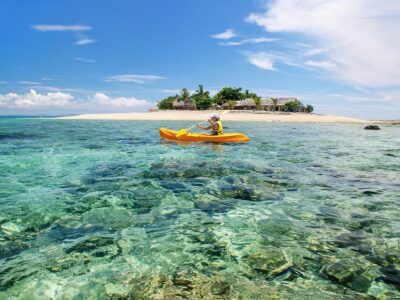
May is the start of the dry season in Fiji, which means clearer skies, calm seas, and pleasant temperatures. Although the dry season is generally a peak time to travel, visiting Fiji in May lets you beat the crowds while enjoying great weather. Island hop between the Mamanucas, hike on Taveuni, dive the Great Astrolabe Reef, and more. Read on to find out where to go and what to do in Fiji in May.
